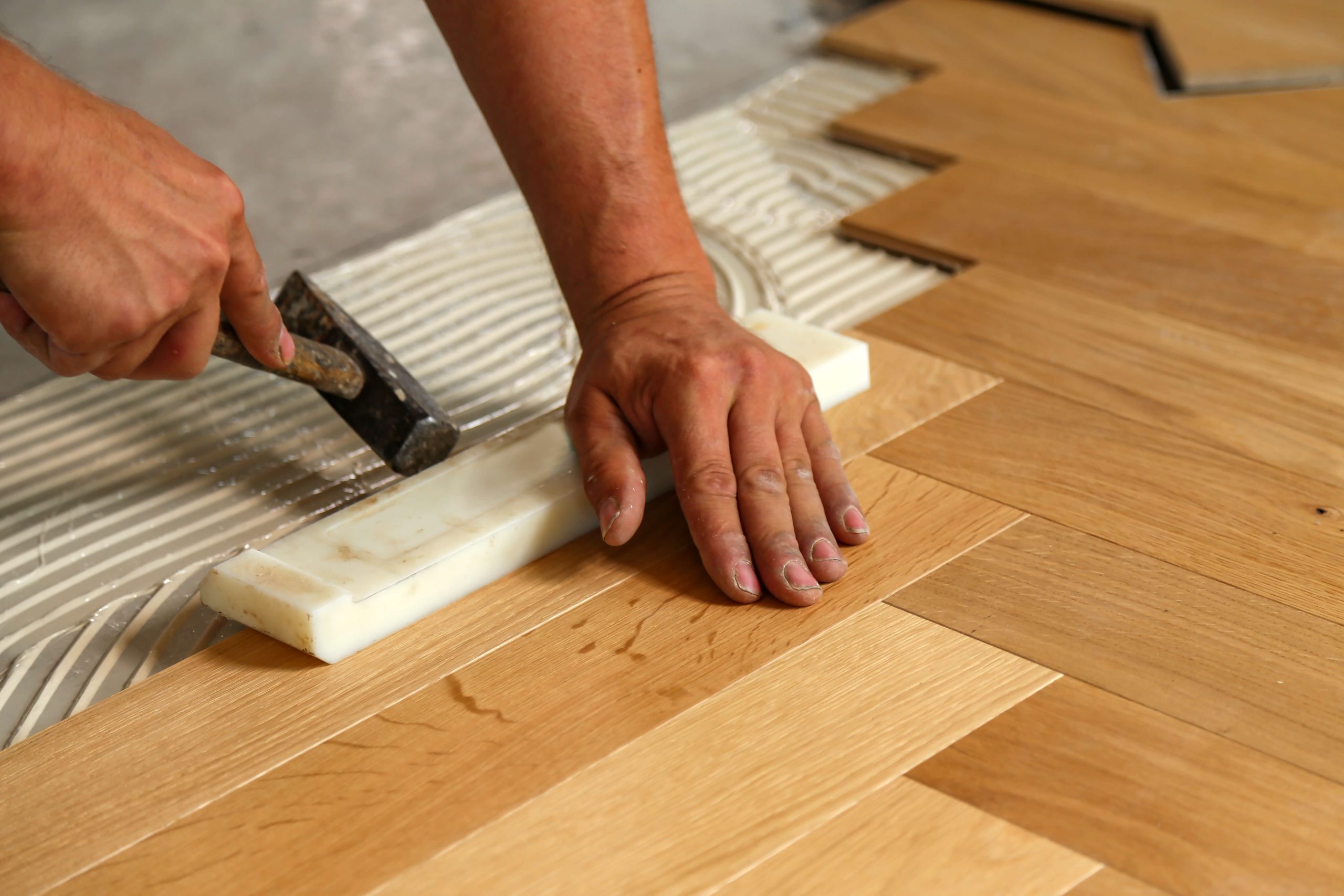As such a popular choice for many types of buildings in Liverpool, wooden floors are long lasting and a great alternative to carpet. However, over time, many wooden floors are prone to scuffs, scratches, or other types of damage. The good news is that a little bit of damage to your wooden floor doesn’t necessarily mean you need to spend a lot of money buying and having a new floor installed. Wood floor restoration in Liverpool has become a popular way for people to bring their floors back to life and up to the quality they desire. If you’re thinking about wood floor restoration, here’s what you need to know.
What type of damage can be restored?
Whether your floor can be restored, or not, will depend on the extent of the damage it has been subjected to. For small scratches and scuffs, it is entirely possible for a trained professional to restore the flooring. To change the colour of the floor, this is achievable through the restoration process described below. If your floor has encountered dents, it may be possible, depending on the size and scale of the damage to restore this with specialist methods. A trained professional will be able to advise on what the best options are to achieve the desired results. One of the worst forms of damage which may require wood floor restoration is water damage. Again, depending on the scale of the damage, restoration may achieve successful results, however it will likely require the whole floor to be restored in order to match colours correctly and could be too damaged to repair. It is highly recommended to speak to an expert to understand what your options are.
What is the wood floor restoration process?
Restoring wooden floors is highly-skilled process which is best undertaken by skilled professionals for quality results. It involves various stages of the process including sanding, gap-filling, staining and finishing. The floor sanding process uses three methods, the first being a rough sand in order to remove any old finish and prepare the boards for restoration. Medium sanding is then used to smooth out the surface of the wood and remove any imperfections and fine sanding will then ensure the texture of the floor is perfectly even for optimum results. Once sanded, your floor is fully-prepared for restoration.
Gap-filling is another essential part to quality wood floor restoration in Liverpool. This stops dirt from getting trapped in the gaps in your flooring, helping you keep your floors cleaner. It also prevents draught which will stop the heat from unnecessarily escaping in colder months. Depending on the size of the gap, a professional will recommend the most appropriate method of filling.
Finally, staining and finishing allows you to change the colour of your floors to match the style of your home or building. Several coats (usually three to four) will be required in order to achieve the best results. These coats will serve to protect the floor from damage and keep it in excellent condition, increasing its lifespan. Depending on the style of floor, you can choose between oils and lacquers as the finish. A professional will be able to advise which is best based on the results you are looking to achieve. Wood floor restoration in Liverpool is a highly skilled task, but offers expert, quality results. Whatever type of wood floor you’re hoping to restore, it is possible to transform the look and feel of your home or building without spending huge amounts of money on brand new flooring.
For more information about our services for wood floor restoration in Liverpool call us on 0151 541 6277 or email info@florsadingliverpool.co.uk

